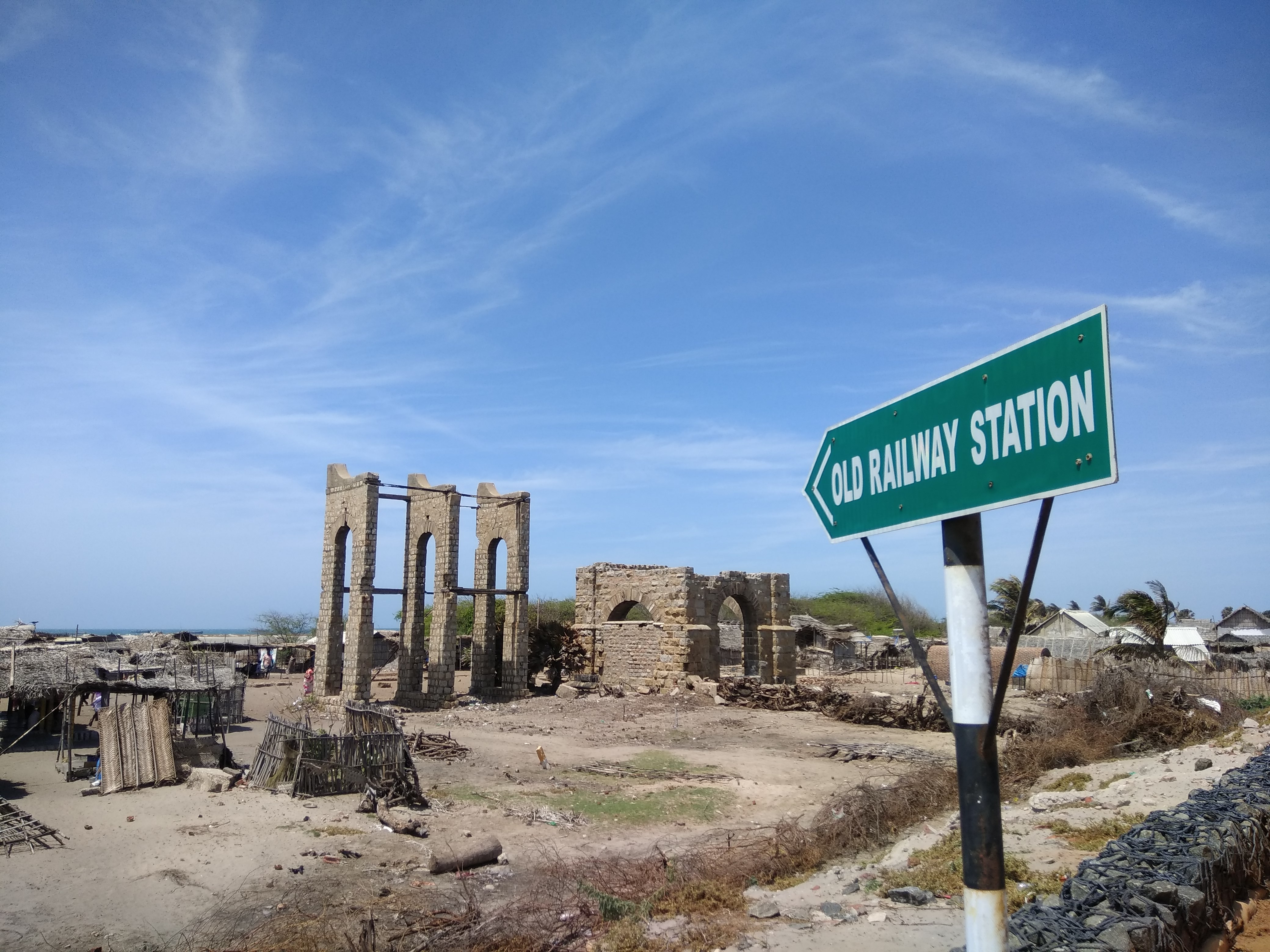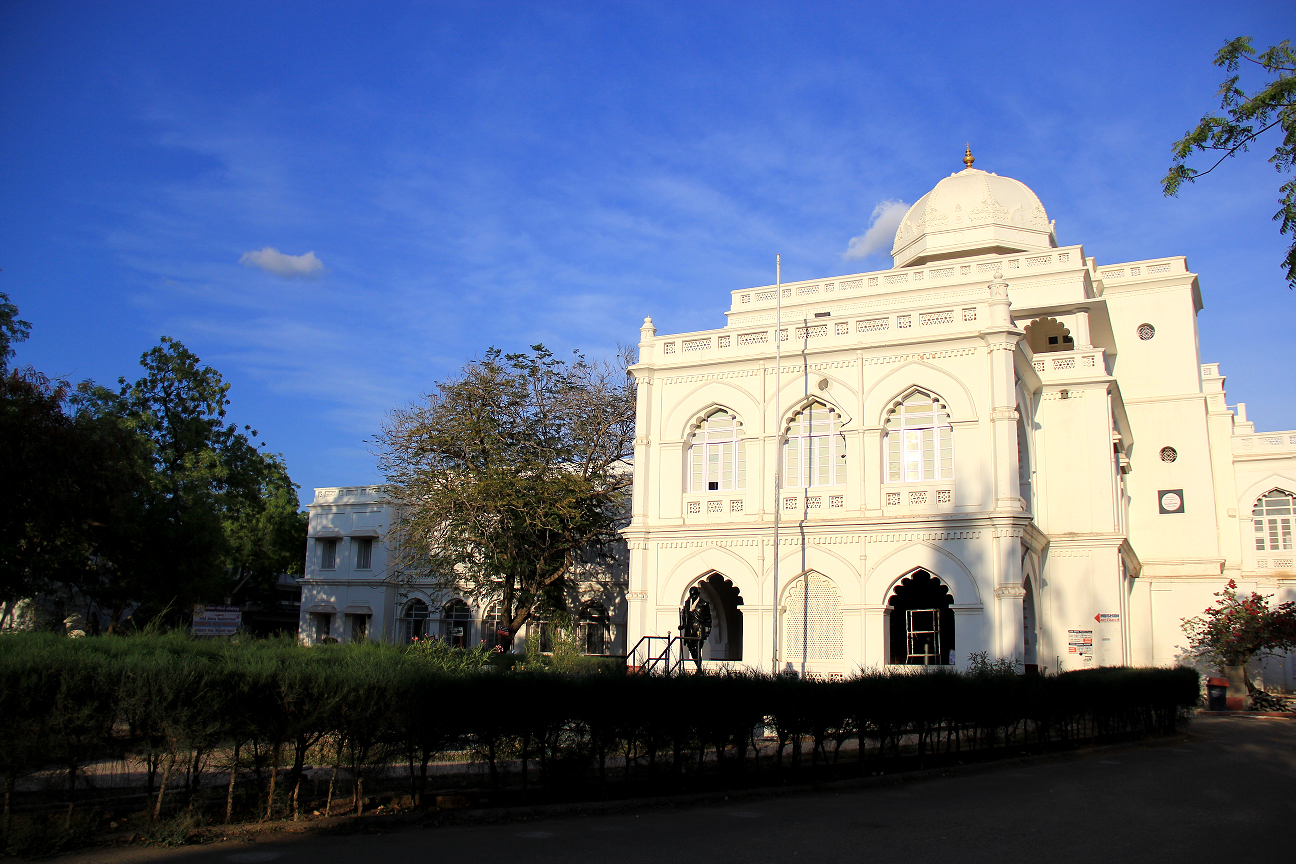Dhanushkodi, nestled at the southern tip of Pamban Island in Tamil Nadu, India, represents a landscape where mythology, history, and natural beauty converge in a profoundly compelling narrative. This small fishermen's village carries layers of cultural significance that extend far beyond its modest physical appearance, embodying a complex tapestry of historical experiences and spiritual resonance.
The geographical positioning of Dhanushkodi at the edge of the Indian subcontinent makes it more than just a coastal settlement. It serves as a symbolic gateway between land and sea, mythology and reality. The name itself, derived from Sanskrit words meaning "bow's end," connects directly to the epic Ramayana, where Lord Rama is said to have marked the beginning of the legendary Sethu Bridge connecting India and Sri Lanka.
Before the devastating cyclone of 1964, Dhanushkodi was a thriving hub of economic and cultural exchange. Often referred to as the "Mini Singapore of India," the town boasted well-planned infrastructure, a functioning railway connection, and served as a critical passage for traders, pilgrims, and travelers. Its strategic location made it a significant maritime and cultural crossroads, witnessing the movements of various historical powers including the Cholas and Pandyas.
The December 1964 cyclone fundamentally transformed Dhanushkodi's landscape and destiny. In a single catastrophic event, the town was virtually erased, with approximately 1,800 lives lost and critical infrastructure destroyed. The Government of Madras subsequently declared it uninhabitable, marking a profound turning point in the area's history. Today, only a handful of resilient fisher families continue to inhabit the area, living in modest thatch houses along the shoreline.
Geologically and ecologically, Dhanushkodi presents a fascinating environment. The region is home to unique marine ecosystems, featuring diverse sea grass, marine creatures, and intricate biological interactions. The limestone formation known as Adam's Bridge—or Rama's Bridge—represents a natural wonder that has sparked scientific and theological debates about its origins and significance.
In contemporary times, Dhanushkodi has emerged as an intriguing tourist destination. Its ruined structures, wild ocean waves, and profound historical narrative attract travelers seeking both spiritual connection and historical understanding. The site embodies a delicate balance between preservation and potential development, with governmental proposals exploring ways to enhance tourism while respecting the area's cultural and environmental sensitivities.
The ongoing discourse surrounding Dhanushkodi involves complex intersections of mythology, environmental conservation, and potential economic development. The proposed Sethusamudram Shipping Canal Project, which would potentially alter the landscape, continues to generate passionate discussions about preserving natural heritage and respecting cultural narratives. This tension between progress and preservation remains a defining characteristic of Dhanushkodi's contemporary significance.
As a testament to human resilience and natural dynamism, Dhanushkodi stands as a powerful symbol of transformation. Its story encompasses geological changes, human migrations, cultural exchanges, and the perpetual dialogue between natural forces and human aspirations. From its mythological roots to its current state of quiet contemplation, the location continues to invite exploration, reflection, and wonder.








